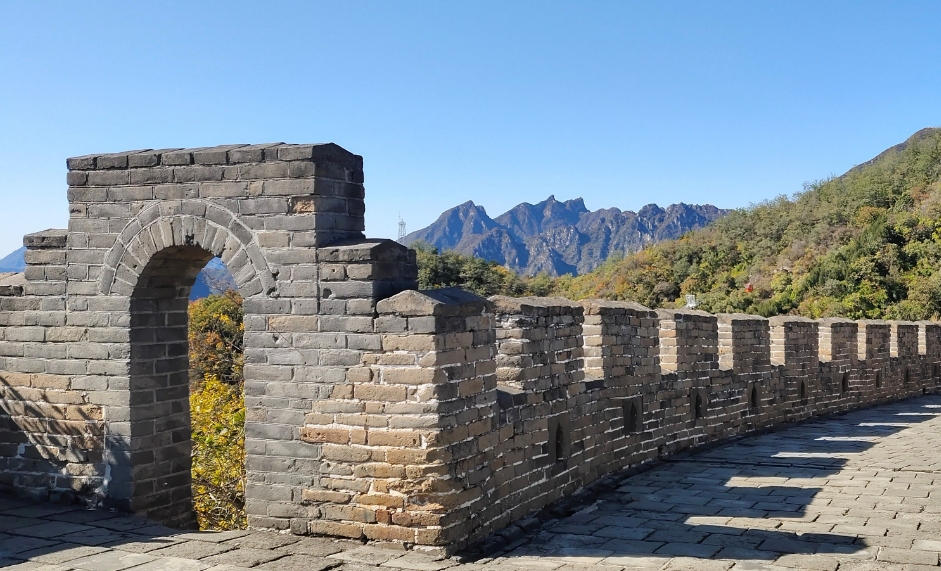
The Mutianyu Great Wall: A Legacy of Ming Dynasty Military Might
Nestled amidst rolling hills and lush greenery, the Mutianyu Great Wall stands as a testament to China's rich history and architectural prowess. This awe-inspiring section of the Great Wall, known for its unique construction and strategic importance, has a captivating story etched in its ancient bricks.
Origins in the Ming Dynasty
The Mutianyu Great Wall, as we see it today, finds its roots in the Ming Dynasty. In 1368 AD, Xu Da, a prominent general serving under Zhu Yuanzhang (the Hongwu Emperor, founder of the Ming Dynasty), spearheaded the construction. Xu Da, celebrated for his military genius, recognized the strategic significance of the Mutianyu site and initiated the building process on the remnants of an earlier wall dating back to the Northern Qi Dynasty (550-577 AD). This strategic decision ensured that the Ming Dynasty could effectively defend its capital, then known as Beiping and later Beijing, from invaders from the north.
A Vital Link in the Defense Chain
The Mutianyu section, stretching over 2 kilometers, was not an isolated fortress. It was strategically integrated into a wider defense network, seamlessly connecting to the Gubeikou section in the east and the Juyongguan Pass in the west. This strategic positioning elevated Mutianyu into a crucial military hub, effectively safeguarding the capital city for centuries.
Architectural Distinctions
The Mutianyu Great Wall sets itself apart with distinctive architectural features. Notable among them are:
- Dense Watchtowers: This section boasts a high concentration of watchtowers, with 22 strategically placed along its relatively short length. This density offered unparalleled surveillance capabilities, allowing soldiers to readily detect and respond to approaching threats.
- Unique "Double-Crenellated" Design: Unlike other Great Wall sections, Mutianyu features crenellations, the gaps for shooting arrows, on both sides of the parapet (the wall's walkway). This design innovation granted defenders a wider firing range, effectively maximizing their defensive capabilities.
- Guard Towers at Key Points: The presence of three strategically positioned guard towers, one at each major pass (north, south, and east), further bolstered the defensive capabilities of the Mutianyu section.
A Legacy of Resilience
The Mutianyu Great Wall, through its strategic location, ingenious design, and steadfast resilience, played a pivotal role in safeguarding China's capital for generations. Today, it stands not only as a breathtaking architectural marvel but also as an enduring symbol of China's enduring strength, ingenuity, and determination.
Q&A
1. Who ordered the construction of the Mutianyu Great Wall?
The construction of the Mutianyu Great Wall was ordered by Xu Da, a renowned general serving under Zhu Yuanzhang, the Hongwu Emperor and founder of the Ming Dynasty.
2. What makes the design of the Mutianyu Great Wall unique?
The Mutianyu section is distinguished by its dense concentration of watchtowers and its unique "double-crenellated" design, which features crenellations on both sides of the parapet wall for an enhanced range of fire.
3. What was the strategic significance of the Mutianyu section of the Great Wall?
The Mutianyu Great Wall served as a vital link in a chain of fortifications protecting the capital city from invaders from the north. Its connection to Gubeikou in the east and Juyongguan in the west made it a crucial military hub in the defense network.